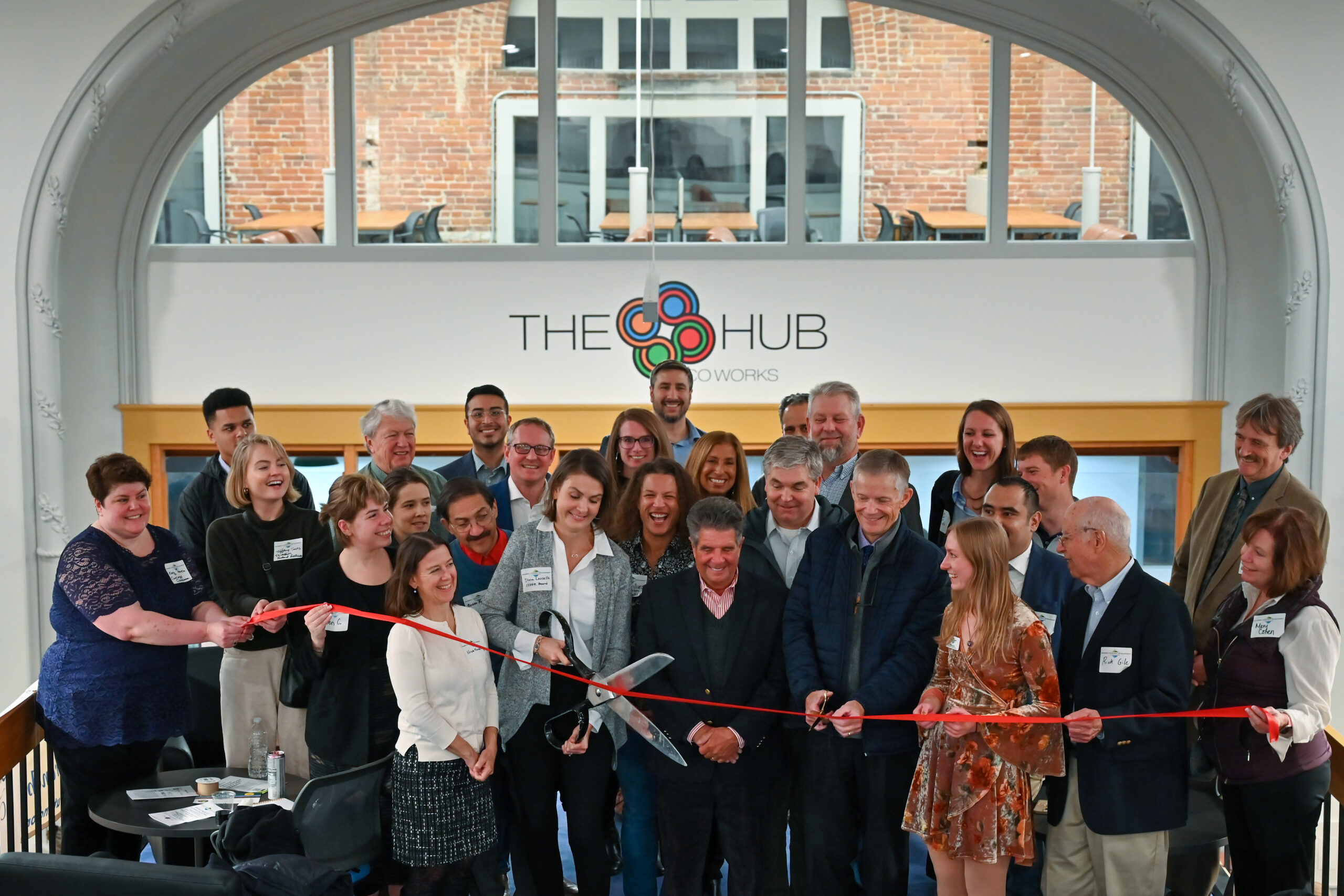The future is on its way to rural America.
The implementation of the $42.5 billion Broadband Equity Access and Deployment (BEAD) program in the next several years is poised to be a turning point for many rural communities and residents. For the first time, they will have high-speed broadband — the technology that fuels so much of 21st-century life — at their fingertips.
This new connectivity has the ability to unlock untold new opportunities for these people and places that have been sidelined for far too long. We know this because we’ve seen the impact broadband has had in communities across the Rural Innovation Network.
Here are five examples of what is possible in rural America when broadband comes to town:
1. Attracting high-wage jobs and earners
At the most basic level, a quality broadband connection allows anyone to work from anywhere. During the height of the COVID-19 pandemic, we heard countless stories of jobs going remote and people seizing on the opportunity to move from cities to rural areas. It’s a win-win when people can live and work where they want to.
But broadband provides an even greater benefit when it allows high-tech businesses to attract and retain tech talent in rural places.
For example, Agile Space has been able to scale locally in Durango, Colorado, recruiting top talent ahead of competitors like Blue Origin and SpaceX. Another space-tech startup, Kall Morris Inc., has managed to grow and innovate in the place it already had roots — Marquette, on the Upper Peninsula of Michigan. Or take Green Dot Bioplastics in Emporia, Kansas: Its founder, Mark Remmert, has recruited talent from across the country who relish the rural environment their community offers.
2. Supporting innovation hubs and networks
In many rural communities, the arrival of broadband has propelled new economic development initiatives and strategies aimed at future-proofing the local economy. In Springfield, Vermont, the development of fiber-to-the-home laid the foundation for a number of burgeoning tech organizations and the area’s first innovation hub, the Black River Innovation Campus, which has since expanded its programming reach to other communities in the state.
Similarly, in the city of Red Wing, Minnesota, the construction of a gigabit-speed network led to the creation of Red Wing Ignite, an innovation hub that quickly grew to anchor entrepreneurship programming in the southeastern corner of the state. Since 2013, Red Wing Ignite has served more than 300 entrepreneurs, provided thousands of hours of one-on-one mentoring, and secured more than $5.6 million in federal and matching funds to support its work.
3. Expanding youth programs and tech education
When tech economy ecosystems are allowed to develop in rural communities that have broadband, it opens up exciting new opportunities for education. In Cape Girardeau, Missouri, the coworking space and tech incubator Codefi developed an afterschool program called Youth Coding League to spark an interest in technology among area youth.
Within five years, the program grew from 10 pilot schools in and around Cape Girardeau to more than 80-plus schools in nine states around the country. Designed for students in grades 5-8, the league has brought coding into new corners of rural America and reached demographics beyond what’s been the norm in the tech industry — roughly 50% of participants are female, and 25% identify as non-white.
4. Empowering the next generation of entrepreneurs
The more far-reaching broadband networks become, connecting areas outside town and city centers, the more far-reaching the effects will be. Exciting advances in agriculture-focused technology stand to make tremendous leaps forward as broadband and wireless services improve.
The Colorado-based startup Barn Own Precision Agriculture is one example of an innovative solution to challenges facing small- and medium-sized farms. It is developing an autonomous microtractor to go along with its drone imaging and weeding services that eliminate significant manual labor. A Minnesota-based startup, Poultry Patrol, developed a similar concept for chicken and turkey coops, one that relies on a fast internet connection to remotely operate robots and receive coding updates.
5. Improving health outcomes
Without reliable internet access, patients aren’t able to use the digital tools meant to increase accessibility of healthcare. The very real, very tangible benefits of broadband on health outcomes have led advocates to label access to broadband a social determinant of health. In remote, rural areas especially, the ability to engage with telehealth options reduces patient travel times and cost, lowering the barrier to the care they need.
It doesn’t end here.
Rural America is full of stories like these that show the impact broadband can have in communities.
Do you have a success story to share? Interested in learning more about how broadband connectivity can be a tool for economic development? Eager to make a connection, acquire technical assistance, or figure out how to make the most of opportunities in your region? Reach out to the CORI team at hello@ruralinnovation.us!
At the Center on Rural Innovation, we are working with rural communities across the country to help position them to thrive in the 21st-century tech economy. To learn more about our work in this space, be sure to sign up for our newsletter.



